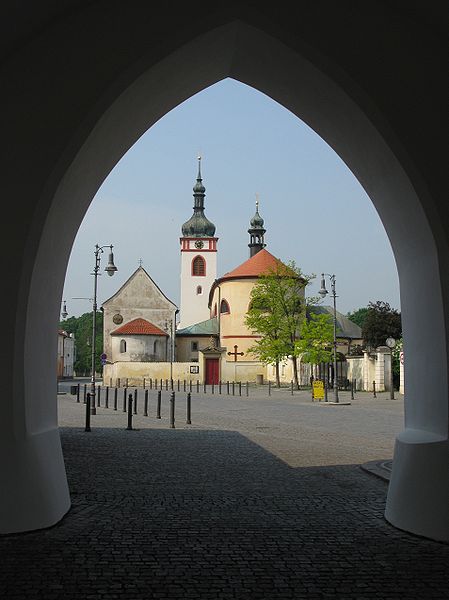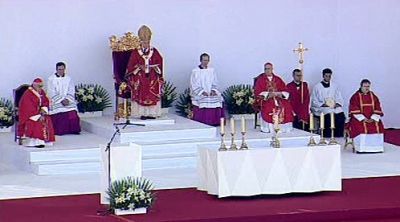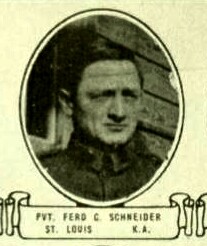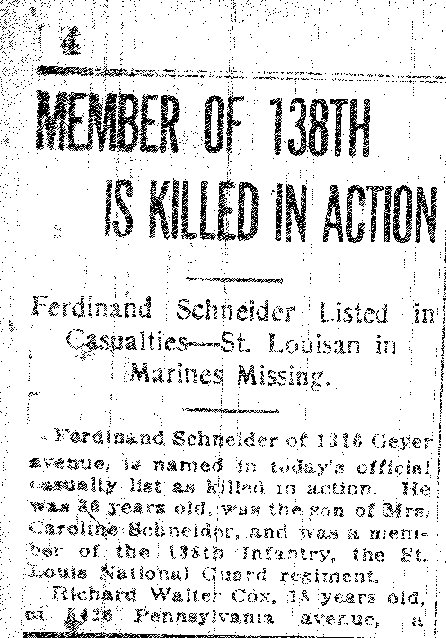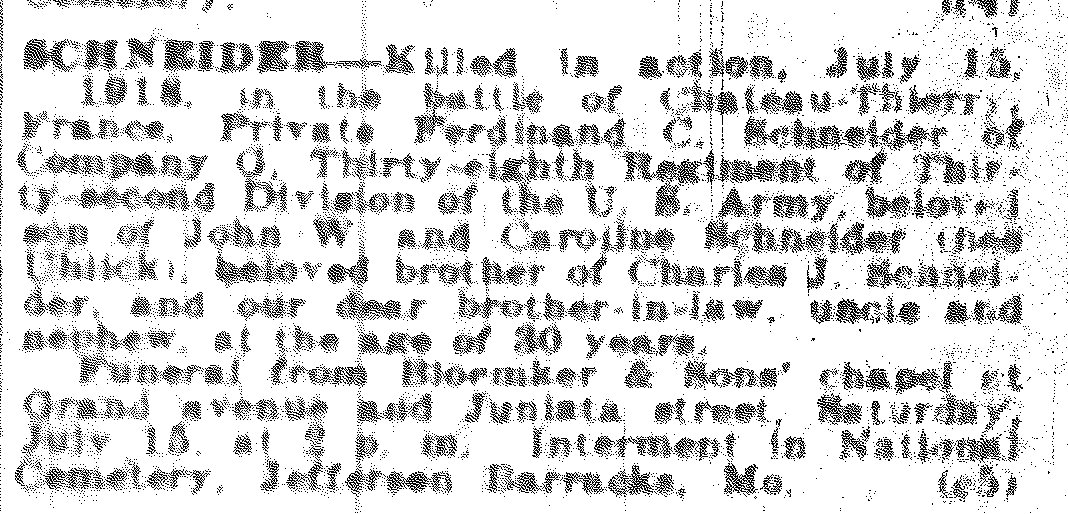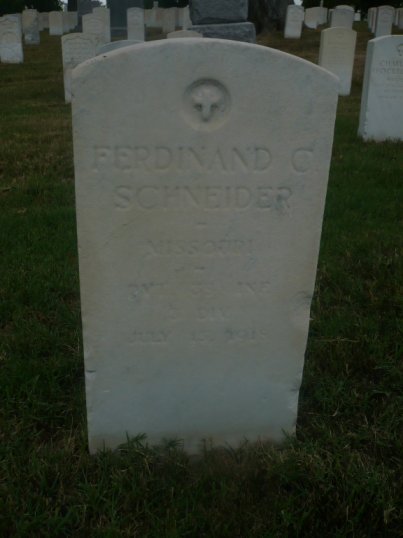St. Wenceslas Basilica, Stará Boleslav. Photo by Boleslav (Own work) [Public domain]. Available from Wikimedia Commons.
Since the year 2000, September 28, St. Wenceslas Day, has been a public holiday in the Czech Republic. It is celebrated as Czech Statehood Day. Wenceslas (or Wenceslaus), also known as Václav, is the patron saint of the Czech Republic. He was Duke of Bohemia and reigned for seven years during the 10th century. He spread Christianity throughout Bohemia. He was murdered while on his way to church to celebrate the feasts of Saints Cosmas and Damian in Stará Boleslav, probably in 935, but possibly in 929.According to legend, he was murdered by his younger brother Boleslav.
Celebrations are held at Prague Castle, the residence of the President of the Czech Republic. A wreath is placed on the statue of St. Wenceslas, and St. Wenceslas medals are awarded to individuals who contributed to Czech statehood.
A pilgrimage to Stará Boleslav, the site of his assassination, takes place. This tradition was started by Charles IV, and was re-established in 2003. The Archbishop of Prague brings to Stará Boleslav. The relic arrives in a procession, along with priests and bishops. It is placed on the altar at St. Wenceslas Basilica.
Religious services are held throughout the country. On 28 September 2009, Pope Benedict XVI celebrated mass at Stará Boleslav.
Caroline Uhlik, the wife of my great-great-grandfather's brother John William (Johann Wilhelm) Schneider, was from Bohemia.
Pope Benedict XVI in Stará Boleslav, Czech Republic, 28 September 2009. Photo by Boleslav (Own work) [Public domain]. Available from Wikimedia Commons.
References
About St. Wenceslas and September 28 in the Czech Republic
Czech Republic: Holidays and Festivals. Global Road Warrior.
Czech Statehood Day
Czech Statehood Day (St. Wenceslas Day). (2010). In Helene Henderson (Ed.), Holidays, Festivals, and Celebrations of the World Dictionary. Available from Credo Reference.
Dennis, Matthew, ed. Czech Republic: Holidays and Celebrations. World Geography and Culture Online. Facts On File, Inc.
Feast Day of Czech Patron Saint, St Wenceslas, in His Martyrdom
Pilgrimage to Celebrate St. Wenceslas
Saint Wenceslas to Ride in Presidential Vehicle
Stará Boleslav - The Town Where St. Wenceslas Was Slain
The Treasury. The Holy Relic Skull of St. Wenceslas.
Wenceslaus I, Duke of Bohemia
Covering genealogy, family history, historical events and places, and anything else related!
Showing posts with label Bohemia. Show all posts
Showing posts with label Bohemia. Show all posts
Sunday, September 28, 2014
Monday, May 26, 2014
Military Monday and 52 Ancestors: #20 Ferdinand Constand Schneider
Photo from page 165, Missouri - Soldiers of the Great War, compiled by W. M. Haulsee, F. G. Howe, and A. C. Doyle. Washington, DC: Soldiers Record Publishing Association, 1920. Available online at http://www.usgwarchives.net/mo/wwi/missourisoldies-greatwar.htm.
Ferdinand Constand Schneider was the son of my great-great-grandfather's brother John William (Johann Wilhelm) Schneider and Caroline Uhlik. He was born in St. Louis, Missouri on 4 November 1887. He and his older brother Carl Joseph (named after his uncle, my great-great-grandfather) were the first generation born in the United States; their father was born in Erpel, Neuwied, Rheinland, Germany and their mother was born in Bohemia.
On 5 June 1917, Ferdinand registered for the World War I draft. At that time, he lived at 1316 Geyer Ave. in St. Louis and was a foreman at St. Louis Cordage Works, Menard & Soulard. His draft card noted that one of his fingers was cut at the first joint. In the 1909 St. Louis city directory he had been listed as a cutter; perhaps he had an accident at work.
Details of Ferdinand's service are provided in World War I Biography and Service Records: Persons Who Enlisted in St. Louis City and County. Addenda: Those Who Died in Service (Missouri Historical Society, 1995). Ferdinand joined the United States Army on September 19, 1917 and was a private in Company I, 354th Infantry. On March 16, 1918 he was transferred to Company G, 38th Infantry 3rd Division, where he was a private and machine gunner. A newspaper clipping in the Missouri Historical Society publication stated that "his last letter derides the Germans for their inaccuracy in shooting. He said that they merely pull the trigger and trust to luck to have the bullets take effect."
Unfortunately the bullets took effect on 15 July 1918 at the Battle of Château-Thierry (Aisne, Picardy, France), when Ferdinand was killed by shell fire. The son of a German immigrant had died fighting against the Germans. His body was transported back to the United States, and he was interred in Jefferson Barracks National Cemetery in Oakville, St. Louis County, Missouri on the fourth anniversary of his death.
St. Louis Post-Dispatch, 26 September 1918, p. 4
St. Louis Post-Dispatch, 12 July 1922. p. 19
Subscribe to:
Posts (Atom)

